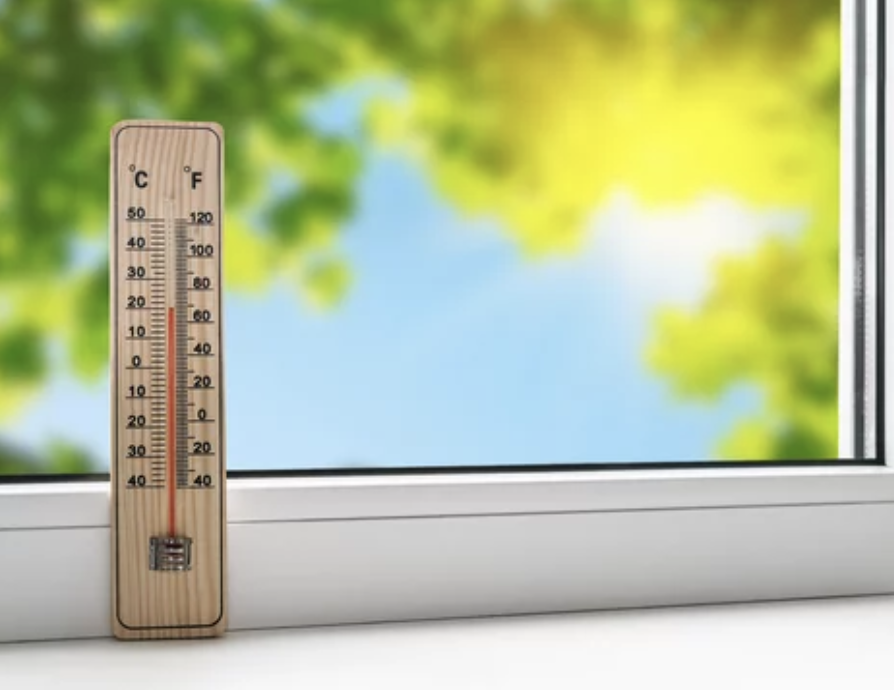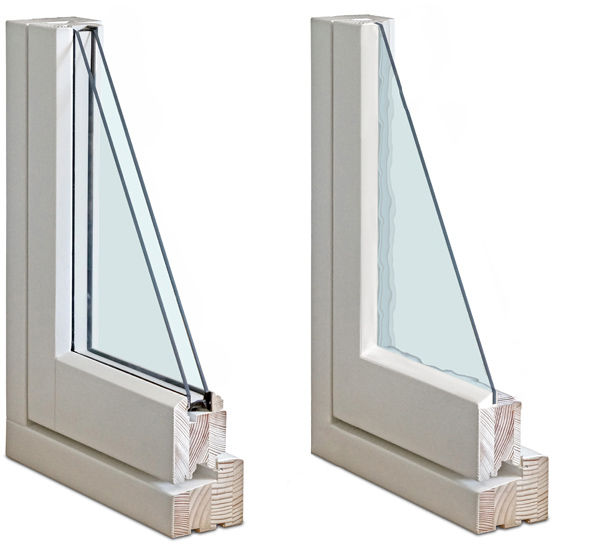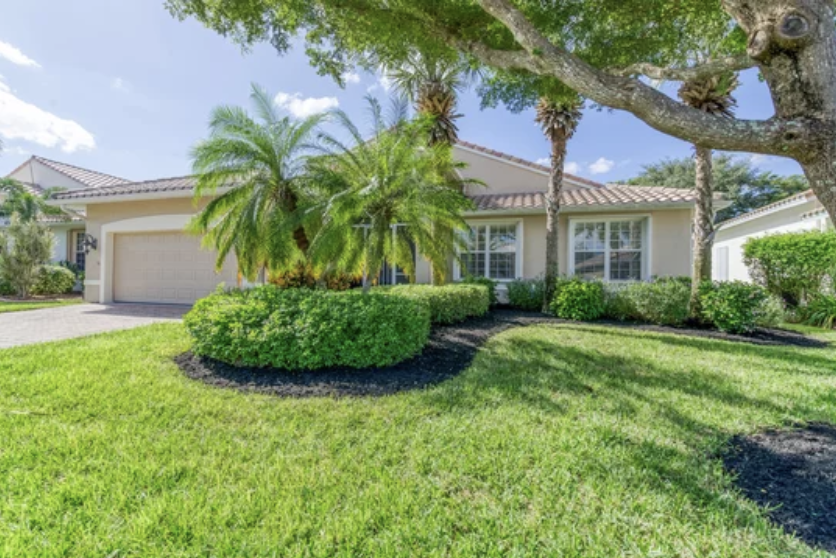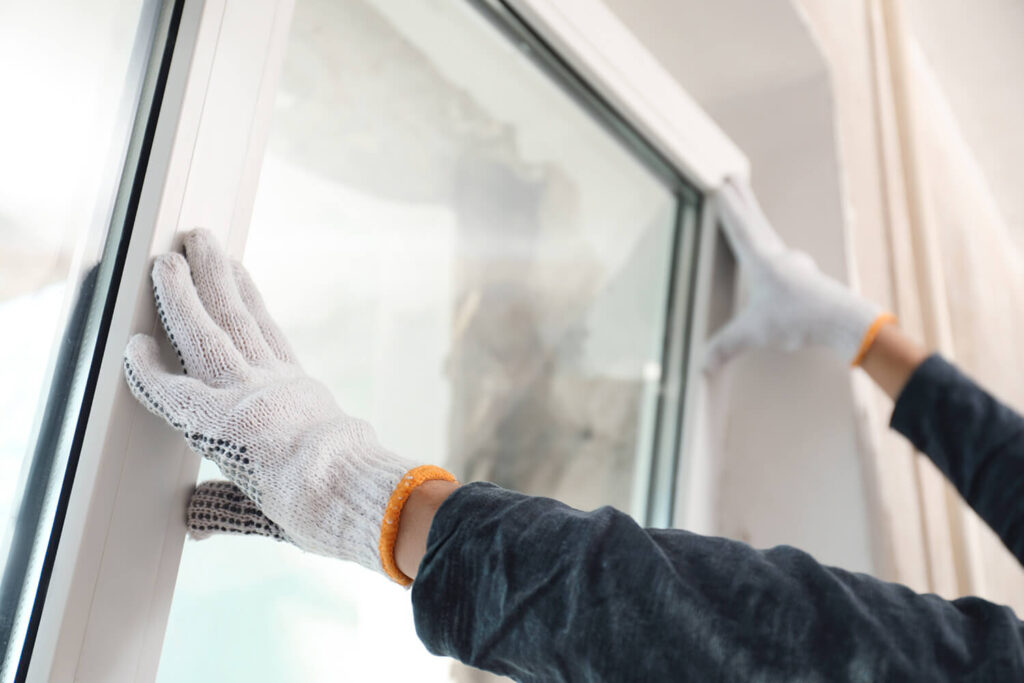Low E Glass is also referred to as Low Emissivity glass. Low E glasses contain a layer coating of metallic oxide. While deflecting UV rays, the coating allows light to enter your house. They also deflect infrared light back to nature.
Low E glass is selectively reflective and allows the light of a particular wavelength to pass through them. Their original use was in colder climates to keep warm air inside your home.
The deflection of UV rays is essential because they damage building materials; fade your upholstery, and burn skin. On the other hand, infrared light warms your house during winter, and deflecting both infrared light and UV rays keep your home warm in winter and cool in summer.
40% of the heat you lose in your house is through your windows and doors. Low E glass is a modern technology that helps you reduce heat entry in summer, and it also reduces heat loss from the house during winter.
Low E glass is necessary for owners interested in having smart, energy-efficient window solutions. Low E coatings increase the comfortability of your home by changing the mode of heat transfer by windows, and they also reduce your energy expenses.
How Do They Work?
Applications of thin microscopic layers of a reflective glass coating allow Low E glasses to work. Emissivity allows radiation of energy through the coating. Homes with this type of glass can keep in heat during cold weather and bounce off during summer.
Low E glass works just like the silver lining inside a thermos flask. Heat bounces off the silver lining when the flask has warm liquid inside, and this heat then reflects inside the flask to keep its content heated.
Low E glass works similarly in winter. When the flask has cold content inside, the silver lining does not allow heat to penetrate. The glass does not allow heat through during summer, which keeps your home cooler. The outcome is less cooling expenses.
To measure the effectiveness of glass with Low E coating, you consider the following factors:
- The solar heat gain coefficient (SHGC): the percentage of incident solar radiation allowed to pass through a window. This is either transferred and sucked up directly or dispersed inward.
- U-Value: This window's rating depends on its allowable heat loss.
- Visible Light Transmittance (VLT) measures the amount of visible light passing through a window.
- Light to Solar Gain: The proportion of visible light transmittance to the Solar Gain Coefficient rating.
Categories of Low E Glass Coatings
Two significant categories of Low E Glass coatings:
Hard Coat:
They are also called passive Low E Coatings. Their manufacturing is through a pyrolytic process whose result is a pyrolytic coating. The glass receives the layer during its production on the float line, causing a coating fusion with the glass surface. The resultant bond is strong, formidable, and durable.
Soft Coat:
Also referred to as the Solar Control E Coatings, their manufacturing follows the Magnetron Sputtering Vapor Deposition (MSVD) procedure. This means that the coating applied to the glass happens in a vacuum chamber at room temperature after production. The coating's sealing is either by the insulated glass or a laminated unit. This coating's emissivity is lower, and its performance in solar control is superior.
Choosing the Best Coating for My Climate
The hard coat is a better option if you live in freezing climates since the coat allows some of the sun's infra-red light to pass through the glass. The whole process can keep your home warm in winter since it will enable the glass to reflect interior long-wave heat back to the house.
Soft coat Low E glass is ideal if you live in a fluctuating climate, and it offers better UV rays protection, and its overall U Value is better. The coating also allows the warm and cool air reflection back into the house, reducing its loss to the outside environment.
Advantages of Low E Glass
It adds insulating power to your windows
Low E glass's insulating properties are higher than standard glass because of its low emissivity film.
Great solar gain statistics
Low E glass keeps your home comfortable in scorching weather. When you combine a Low E coating with solar glass, your home can reflect away 86% solar energy. The process creates a relaxed, comfortable indoor temperature during summer.
UV Protection
Low E glass can help stop the great majority of UV radiation from seeping into your home. It takes place using a similar principle of thermal radiations reflection, which protects your home and your furniture. UV light causes bleaching of your rugs and fixtures, causing them to discolor.
Low E glass also increases your home's energy efficiency, saving you money on heating during winter and cooling in summer.
One of the disadvantages of Low E Glass is that it reduces the amount of natural light that enters your home. It is an added advantage because too much natural light increases glare, resulting in higher amounts of UV and thermal radiation entering your home.
The initial cost of installing E glass is also a disadvantage because it is more expensive than standard uncoated window glass.
Wallaby Windows
If you are ready to upgrade your windows, Wallaby Windows offers high-performance products with a wide range of styles and configurations. We provide high-quality windows and doors designed and manufactured in the U.S.A. We have all necessary licensing and insurance, so you can rest assured with our "No-Pane Service Guarantee".



